Stones
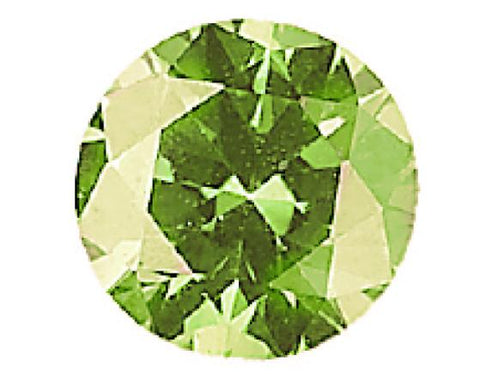
Peridot
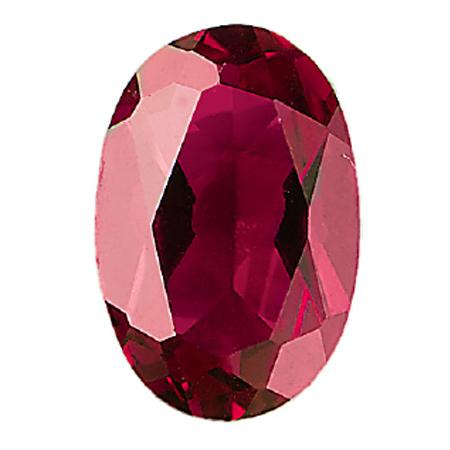
Ruby

Diamond
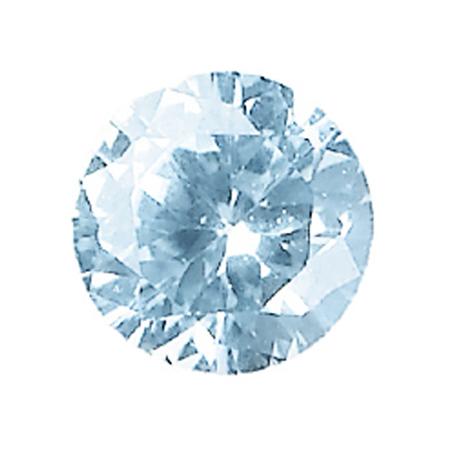
Aquamarine
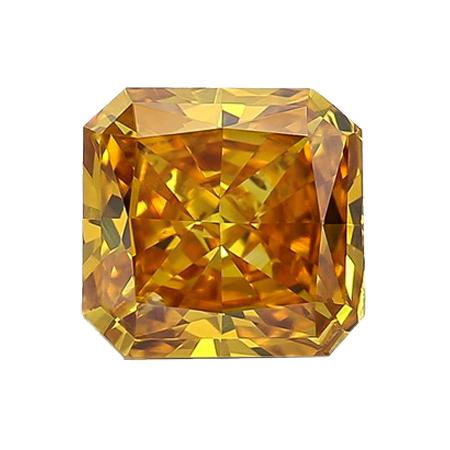
Citrine
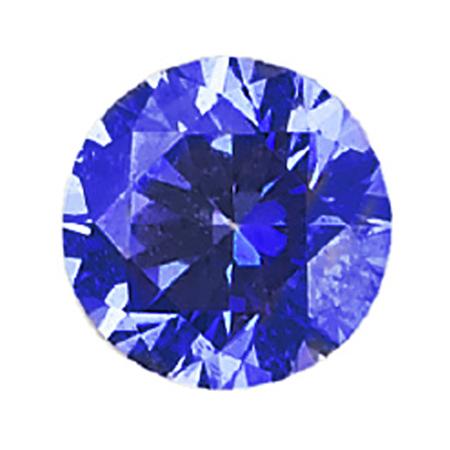
Sapphire
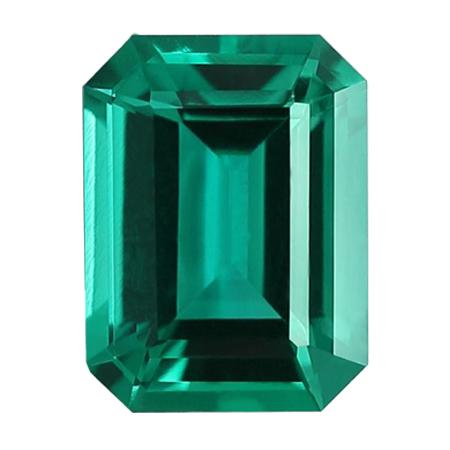
Emerald
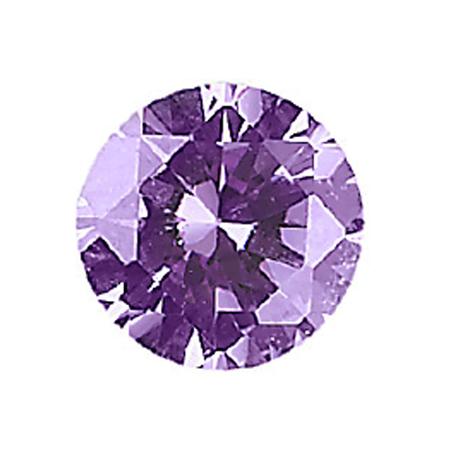
Amethyst
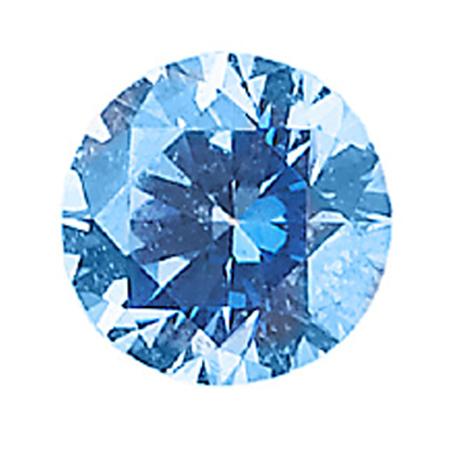
Blue Topaz
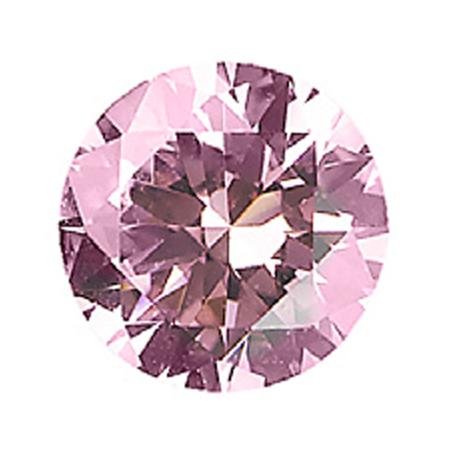
Tourmaline

Garnet
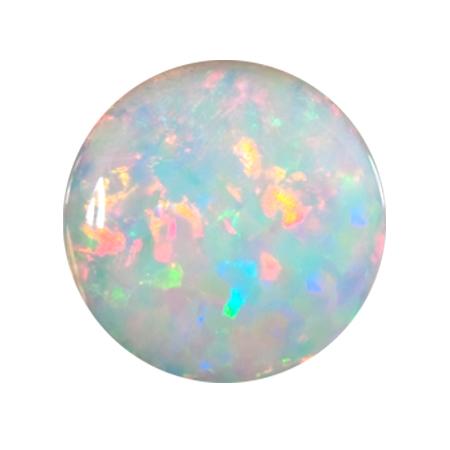
Opal
In our opinion, the beauty of a stone cannot be divorced from the source. There is no beauty in cruelty. Unfortunately, even so-called ‘fair-mined’ stones cannot be 100% assured of source. Tons of earth and countless hours of hard labour are needed to bring gems from mine to market. In many instances, workers are bonded labour to mine owners and working conditions are intolerable and at the extreme end of human rights violations. The obvious solution is to use either man-made or salvaged stones.
Man-Made Stones
Man-made stones are manufactured in laboratories, using either large presses to simulate the temperatures and pressures experienced deep underground, or a process called chemical vapour deposition to grow diamonds as carbon atoms settle on top of each other.
It is impossible to differentiate them from natural stones: the Gemological Institute of America state that they have the ‘same chemical composition, crystal structure, optical, and physical properties of diamonds found in nature’.
Man-Made Stones
Man-made stones are manufactured in laboratories, using either large presses to simulate the temperatures and pressures experienced deep underground, or a process called chemical vapour deposition to grow diamonds as carbon atoms settle on top of each other.
It is impossible to differentiate them from natural stones: the Gemological Institute of America state that they have the ‘same chemical composition, crystal structure, optical, and physical properties of diamonds found in nature’.
RECYCLED DIAMONDS
Recycled diamonds are a beautiful and environmentally responsible alternative to newly mined gemstones, and they are exactly the same as their more unsustainable counterpart. They are re-purposed from secondary sources, such as unwanted antique jewellery. Furthermore, antique cuts of stone are extremely beautiful, and (this is a trade secret!) in many instances, are no longer cut in such ways due to the time the process requires. We predominantly use Georgian and Victorian cut stones.
RECYCLED DIAMONDS
Recycled diamonds are a beautiful and environmentally responsible alternative to newly mined gemstones, and they are exactly the same as their more unsustainable counterpart. They are re-purposed from secondary sources, such as unwanted antique jewellery. Furthermore, antique cuts of stone are extremely beautiful, and (this is a trade secret!) in many instances, are no longer cut in such ways due to the time the process requires. We predominantly use Georgian and Victorian cut stones.
CULTURED PEARLS
Cultured pearl farming is one of the few commercial activities in which sound environmental management and conservation are a prerequisite to economic success.
Marine biodiversity is facing huge threats in the Pacific region in the forms of climate change, over-fishing, and unregulated coastal development. Furthermore, the ocean is the world’s largest carbon sink and is an important regulator in global carbon storage, sequestration, and release. It is estimated that “the most crucial, climate-change combatting coastal ecosystems cover less than 0.5 percent of the sea bed.”
The production of a marine cultured pearl requires a thriving marine ecosystem - the more pristine an environment, the healthier the oysters are and the higher the likelihood of harvesting valuable, high-quality pearls. Ultimately, for a pearl farmer, it pays to cultivate a thriving ecosystem. We use 4 types of Marine Cultured Pearls:

Marine Cultured Pearls
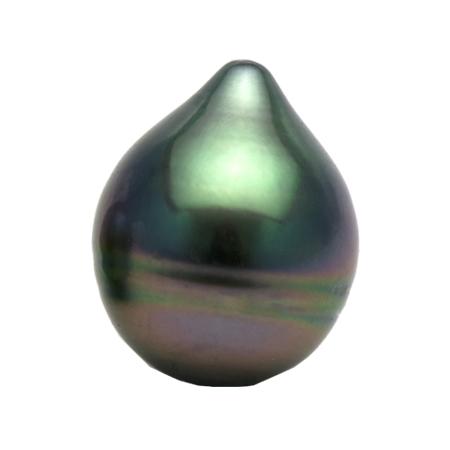
Tahitian Pearls
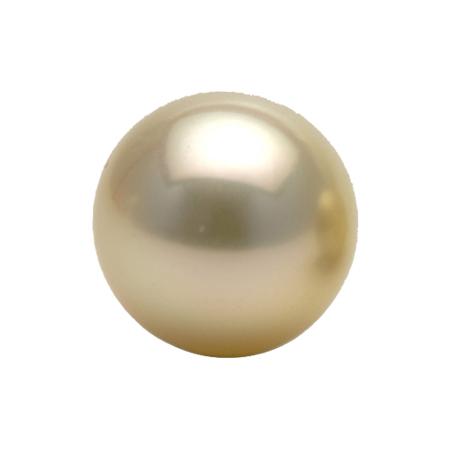
South Sea Pearls
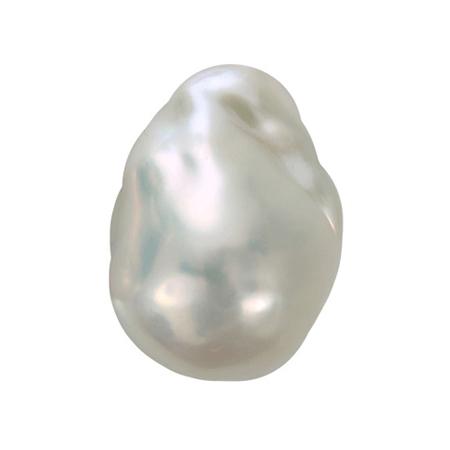
Baroque Pearls
 Marine Cultured Pearls
Marine Cultured Pearls
Treasures from the Earth's ponds, lakes, seas, and oceans. Ancients would adorn Pearls to protect their purity and virtue.
 Tahitian Pearls
Tahitian Pearls
Known for their metallic silver to graphite black colours, with overtones of blue, purple and green.
 South Sea Pearls
South Sea Pearls
The Oyster that produces these pearls only grow one at a time. Harvested between the coast of Australia and the coast of China.
 Baroque Pearls
Baroque Pearls
Pearls with irregular non-spherical shapes.
In our opinion, the beauty of a stone cannot be divorced from the source. There is no beauty in cruelty. Unfortunately, even so-called ‘fair-mined’ stones cannot be 100% assured of source. Tons of earth and countless hours of hard labour are needed to bring gems from mine to market. In many instances, workers are bonded labour to mine owners and working conditions are intolerable and at the extreme end of human rights violations. The obvious solution is to use either man-made or salvaged stones.
Man-Made Stones
Man-made stones are manufactured in laboratories, using either large presses to simulate the temperatures and pressures experienced deep underground, or a process called chemical vapour deposition to grow diamonds as carbon atoms settle on top of each other.
It is impossible to differentiate them from natural stones: the Gemological Institute of America state that they have the ‘same chemical composition, crystal structure, optical, and physical properties of diamonds found in nature’.
Man-Made Stones
Man-made stones are manufactured in laboratories, using either large presses to simulate the temperatures and pressures experienced deep underground, or a process called chemical vapour deposition to grow diamonds as carbon atoms settle on top of each other.
It is impossible to differentiate them from natural stones: the Gemological Institute of America state that they have the ‘same chemical composition, crystal structure, optical, and physical properties of diamonds found in nature’.
RECYCLED DIAMONDS
Recycled diamonds are a beautiful and environmentally responsible alternative to newly mined gemstones, and they are exactly the same as their more unsustainable counterpart. They are re-purposed from secondary sources, such as unwanted antique jewellery. Furthermore, antique cuts of stone are extremely beautiful, and (this is a trade secret!) in many instances, are no longer cut in such ways due to the time the process requires. We predominantly use Georgian and Victorian cut stones.
RECYCLED DIAMONDS
Recycled diamonds are a beautiful and environmentally responsible alternative to newly mined gemstones, and they are exactly the same as their more unsustainable counterpart. They are re-purposed from secondary sources, such as unwanted antique jewellery. Furthermore, antique cuts of stone are extremely beautiful, and (this is a trade secret!) in many instances, are no longer cut in such ways due to the time the process requires. We predominantly use Georgian and Victorian cut stones.
 Peridot
Peridot
Prized since early civilization for its protective powers, the gem was closely associated with the sun and worn as a charm against sorcery.
 Ruby
Ruby
Believed to benefit those of adventurous nature, Burmese warriors wore them to bring invincibility.
 Diamond
Diamond
Deriving its name from the Greek for unconquerable, the gem is made purely from carbon so is the hardest occurring substance.
 Aquamarine
Aquamarine
Sailors at sea would keep an Aquamarine amulet close for protection against the terrors of the ocean.
 Citrine
Citrine
Carrying the powers of the sun within it, the joyful, yellow gem was once known as the success stone.
 Sapphire
Sapphire
Believed by the Ancient Persians to have painted the sky blue, the gem has always been closely associated with the heavens.
 Emerald
Emerald
The stone is thought to represent an adoration of nature, thanks to its radiant colour, and a universal joie de vivre.
 Amethyst
Amethyst
Understood to aid the development of intuition, through spiritual consciousness, the gem was often worn by Buddhist monks in ancient times.
 Blue Topaz
Blue Topaz
Topaz can show different colors in different crystal directions, meaning it is a pleochroic.
 Tourmaline
Tourmaline
Understood to provide emotional support to the wearer, Tourmalines were a valued part of ancient medicine.
 Garnet
Garnet
Granatus means 'seed-like', a reference to the small, red, rounded crystals that look like pomegranate seeds.
 Opal
Opal
Believed by Ancient Arabs to have fallen in lightening flashes, the lustrous rock is said to carry imaginative spontaneity.
Man-Made Stones
Man-made stones are manufactured in laboratories, using either large presses to simulate the temperatures and pressures experienced deep underground, or a process called chemical vapour deposition to grow diamonds as carbon atoms settle on top of each other.
It is impossible to differentiate them from natural stones: the Gemological Institute of America state that they have the ‘same chemical composition, crystal structure, optical, and physical properties of diamonds found in nature’.
Man-Made Stones
Man-made stones are manufactured in laboratories, using either large presses to simulate the temperatures and pressures experienced deep underground, or a process called chemical vapour deposition to grow diamonds as carbon atoms settle on top of each other.
It is impossible to differentiate them from natural stones: the Gemological Institute of America state that they have the ‘same chemical composition, crystal structure, optical, and physical properties of diamonds found in nature’.
RECYCLED DIAMONDS
Recycled diamonds are a beautiful and environmentally responsible alternative to newly mined gemstones, and they are exactly the same as their more unsustainable counterpart. They are re-purposed from secondary sources, such as unwanted antique jewellery. Furthermore, antique cuts of stone are extremely beautiful, and (this is a trade secret!) in many instances, are no longer cut in such ways due to the time the process requires. We predominantly use Georgian and Victorian cut stones.
RECYCLED DIAMONDS
Recycled diamonds are a beautiful and environmentally responsible alternative to newly mined gemstones, and they are exactly the same as their more unsustainable counterpart. They are re-purposed from secondary sources, such as unwanted antique jewellery. Furthermore, antique cuts of stone are extremely beautiful, and (this is a trade secret!) in many instances, are no longer cut in such ways due to the time the process requires. We predominantly use Georgian and Victorian cut stones.
Princess
Round
Marquise
Cushion
Baguette
Asscher
Pear
Emerald
Oval
CULTURED PEARLS
Cultured pearl farming is one of the few commercial activities in which sound environmental management and conservation are a prerequisite to economic success.
Marine biodiversity is facing huge threats in the Pacific region in the forms of climate change, over-fishing, and unregulated coastal development. Furthermore, the ocean is the world’s largest carbon sink and is an important regulator in global carbon storage, sequestration, and release. It is estimated that “the most crucial, climate-change combatting coastal ecosystems cover less than 0.5 percent of the sea bed.”
The production of a marine cultured pearl requires a thriving marine ecosystem - the more pristine an environment, the healthier the oysters are and the higher the likelihood of harvesting valuable, high-quality pearls. Ultimately, for a pearl farmer, it pays to cultivate a thriving ecosystem. We use 4 types of Marine Cultured Pearls:

Marine Cultured Pearls

Tahitian Pearls

South Sea Pearls

Baroque Pearls
 Marine Cultured Pearls
Marine Cultured Pearls
Treasures from the Earth's ponds, lakes, seas, and oceans. Ancients would adorn Pearls to protect their purity and virtue.
 Tahitian Pearls
Tahitian Pearls
Known for their metallic silver to graphite black colours, with overtones of blue, purple and green.
 South Sea Pearls
South Sea Pearls
The Oyster that produces these pearls only grow one at a time. Harvested between the coast of Australia and the coast of China.
 Baroque Pearls
Baroque Pearls
Pearls with irregular non-spherical shapes.

















